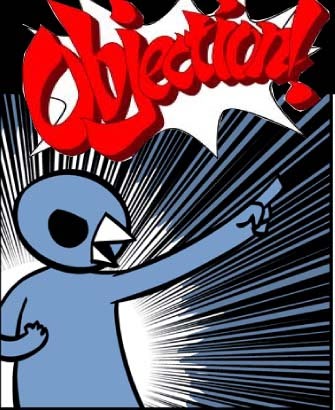And remember: if you copy this directly, you're not learning anything
For another (better?) view, check out Justin's review at the Hall of Mirrors. (The numbers are a bit off, but I'm sure you can figure it out.)
- "Third World" societies were different because they were developing, rather thatn the capatilist industrial nations of the first world.
- "First World": The West (France, US, Britain)... "Second World" The East (formerly communist... Russia, Poland, East Germany)... "Third World" is the developing countries, like Cuba and Mexico, as well as countries in Africa and Asia.
- In the 20th C, L.A. continued to take an intermediate position between the nations of the North Atlantic and the developing countries of Asia and Africa. It also changed politically and economically with a series of revolutions and interventions from the US.
- Juan Jose Arvalo, who was elected president of Guatemala in 1944, brought about socialist reforms such as land reform while fighting against foreign-owned companies.
- The organizations that caused disputes between the US and reform LA govts. were often foreign with their own interests, such as the United Fruit Company.
- The Guatemalan Revolution in 1954 was instigated by a dissident military force organized by the US Central Inteligence Agency. A pro-American regime was set up.
- In the 1950s, most of Cuba's imports came from the US. (3/4)
- The Batista govt. made a democratic conostitution in 1940, nationalized national resources, had full employment, and land reform. This was marred, however, by corruption.
- The leader of the revolution that overthrew Bautista was Fidel Castro, his group was called the barbudos (bearded men), and they refered to the revolution as the "26th of July Movement".
- Ernoesto "Che" Guevara, a militant revolutionary from Argentina, assisted the revolution.
- The final result of the Cuban revolution was a change to Marxist-Lenin ideals, and Cuba became economically dependant on the Soviet Union for financial support and arms.
- Castro expropriated foreign properties, collectivized farms, and a centralized socialist economy was put into place. In addition, education, health, and housing have improved greatly.
- Besides Cuba, communist countries today are China, North Korea, Laos, and Vietnam.
- Reform was sped up in the 1960s and 70s by a liberation theology and by political stability.
- The church followed the liberation theology, the combining of Catholic theology and socialist principles.
- To gain personal salvation, liberal religious people stressed social equailty.
- Officers in the LA military began to seem themselves as the true representatives of the nation and began to intervene militarily.
- The countries that experienced coups in the 60s and 70s were Brazil, Argentina, Uruguay, Chile, and Peru.
- To oppose these coups, the Argentinians tried to violently suppress them.
- All military coups were nationalistic.
- The characteristics of the military juntas (military govts.) after 1960 intervened directly in the political process, but began to return govt. in the 1980s.
- In the 80s, democracies in LA were universal. The military loomed large, but over time control was returned. There was a trend toward electoral democracy.
- In the 80s and 90s, govts. faced problems such as histories of rebellion and repression, the military, the drug trade, high rates of inflation, and large debts.
- Before 1933 and after, the US intervened in Haiti, Dominic Republic, Cuba, Nicaragua, Honduras, El Salvador, and Panama, to name a few.
- The politician that opposed US govt. until his assassination in 1934 was Augusto Sandino.
- Govts. established after US intervention were called banana republics. (NO!)
- The Good Neighbor Policy was introduced by Roosevelt, and it stated that it would stop direct interventions and would deal more fairly with LA.
- After WWII, the US intervened using techniques such as training guerrilla dissident forces. They became aggressive to try to stop the spread of communism. I would describe the policy as aggressive, preemptive, and cautious. The book, however, states that it was pragmatic.
- The president that took over in the 70s was Jimmy Carter, and he influenced governments to observe civil liberties, as well signed a treaty with Panama to give them back control of the canal.
- In the later 1900s, the position of women in LA was closer to that of the West than other areas of the world. 9% of legislators were women, the highest in the world.
- Population growth in LA had declining mortality and high fertility. 165 mil - 400 mil in 35 years. Movement of population was mainly immigration in the earlier 20th C, but the flow reversed, with many illegal immigrants searching for work. Urban population density increased drastically, with more than 50% living in cities by the late 1980s.
- The most common religion in LA is Catholiscism.
- The important LA literary figures in the 20th C were Jorge Luis and Gabriel Garcia Martinez.
Thanks for reading, and you're welcome for posting.

I admire how much effort you put into this. Dont stop doing what youre doing, it helps alot. Good things happen to good people!
ReplyDeletethans! :D
ReplyDeletecheck my blog. i'm going to post something in your honor that may make you laugh or be disgusted. your choice. :D
Are you dilan?????
ReplyDelete